Where are the LTNs?
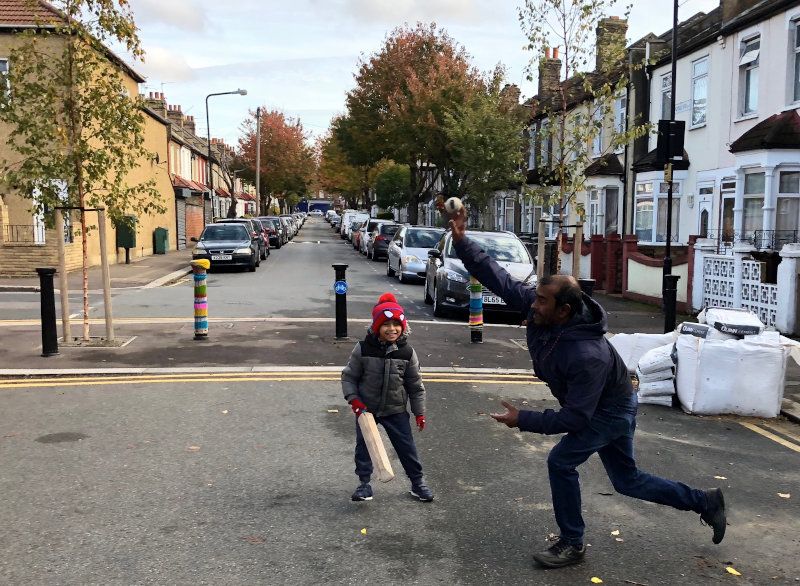
The new Council administration has pledged to 'tackle traffic in neighbourhoods' by 'consulting and acting on rat-runs.' So where should they be focussing their efforts?
Just before the local elections, the Labour Party in Westminster, then in opposition, pledged to survey residents in all of the borough's neighbourhoods about motor traffic on their streets. Where a significant proportion wanted through traffic reduced, the party pledged to carry out a rolling programme to reduce or remove it.
So now that they're in office – how are they doing?
Pollution and deprivation
The argument for reducing through traffic in Westminster's residential neighbourhoods is irrefutable. The borough has one of the lowest levels of car ownership in London, the highest air pollution in the country and areas of significant deprivation, especially to the North and South.
Yet the inaction of the previous (Conservative) administration meant that, out of all the London boroughs, Westminster ranked third from bottom for LTNs in the 2022 Healthy Streets Scorecard.
So where should the new administration be focussing its efforts?
Poorer areas
Existing plans to tackle car dominance appear to be stalling. Vision for Soho, which would have reduced motorised through traffic with timed road closures, has been put on hold, despite a majority of residents and workers supporting it. And in the Hyde Park Estate, the Council has so far failed to act on residents' clearly stated wish for a trial scheme to reduce through-traffic.
Yet perhaps the Council should be focussing more on poorer areas. It is after all the less well off who are the least likely to own a car and yet who are most impacted by the congestion and pollution caused by unrestricted motor traffic.
It is for precisely this reason that Transport for London's funding criteria, and even the Council's own guidelines, state that motor traffic reduction should be targeted at poorer neighbourhoods.
Ideal candidate
In the North of the borough, the West Kilburn area (Harrow Road and Maida Vale wards) bordered by Carlton Vale, Harrow Road, Kilburn Lane and Kilburn Park Road is an ideal candidate for LTN status, being self-contained, high-density and less affluent. Shirland Road and Fernhead Road are of course bus routes, so bus gates would be required there, although only a small part of Shirland would fall within the boundary.
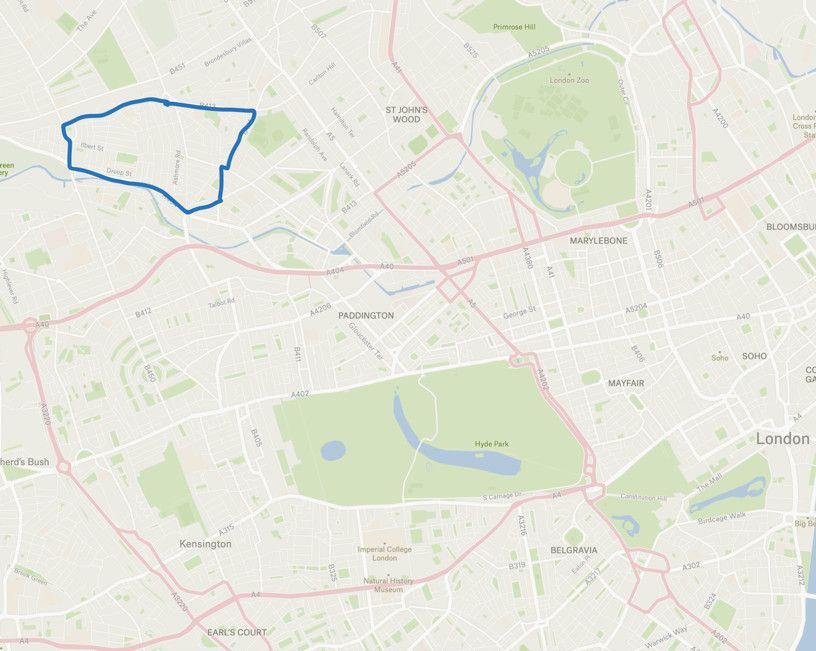
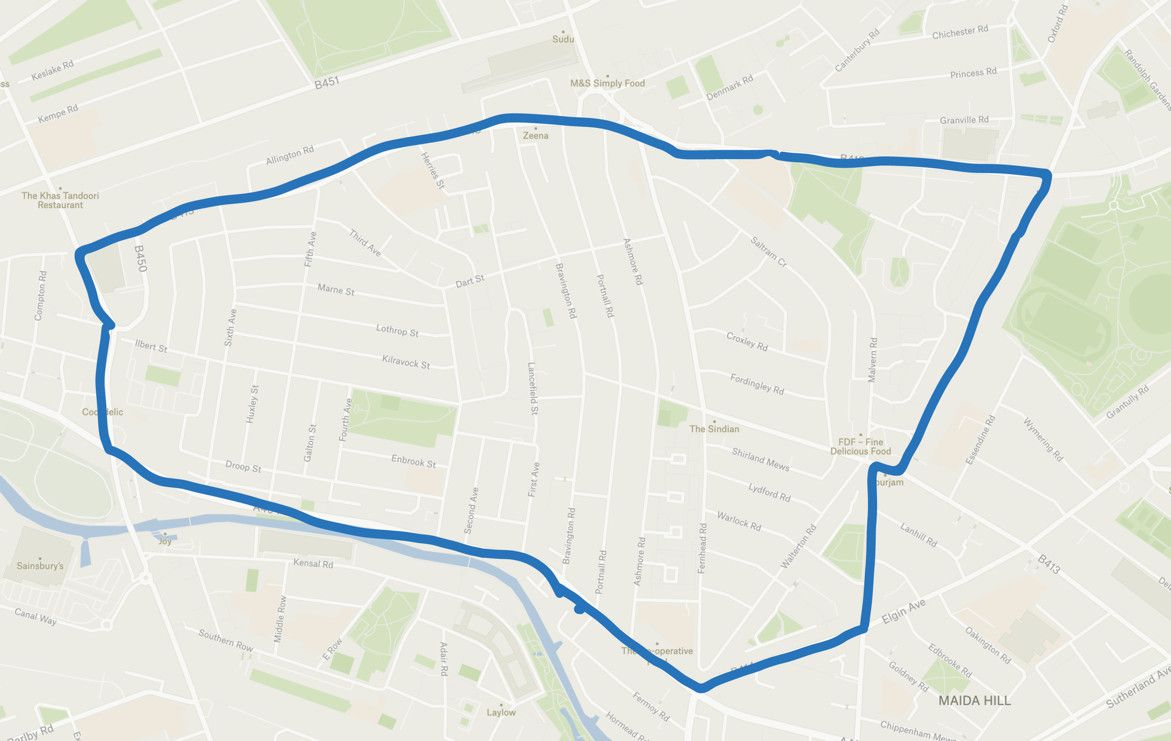
Like all LTNs, these changes would have minimal effect on resident motorists, private hire vehicles, deliveries, the disabled or the emergency services, all of whom would still be able to drive in and out as before. Only non-local through traffic, which would no longer be able to use the neighbourhood as a shortcut, would be affected.
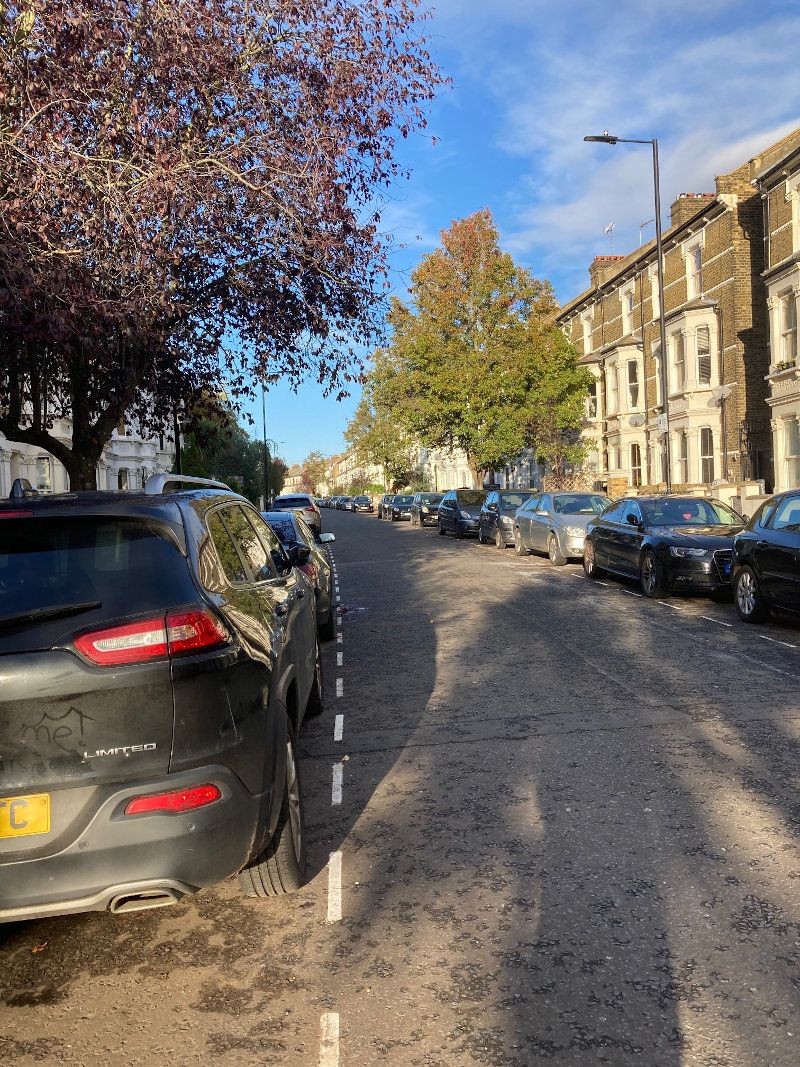
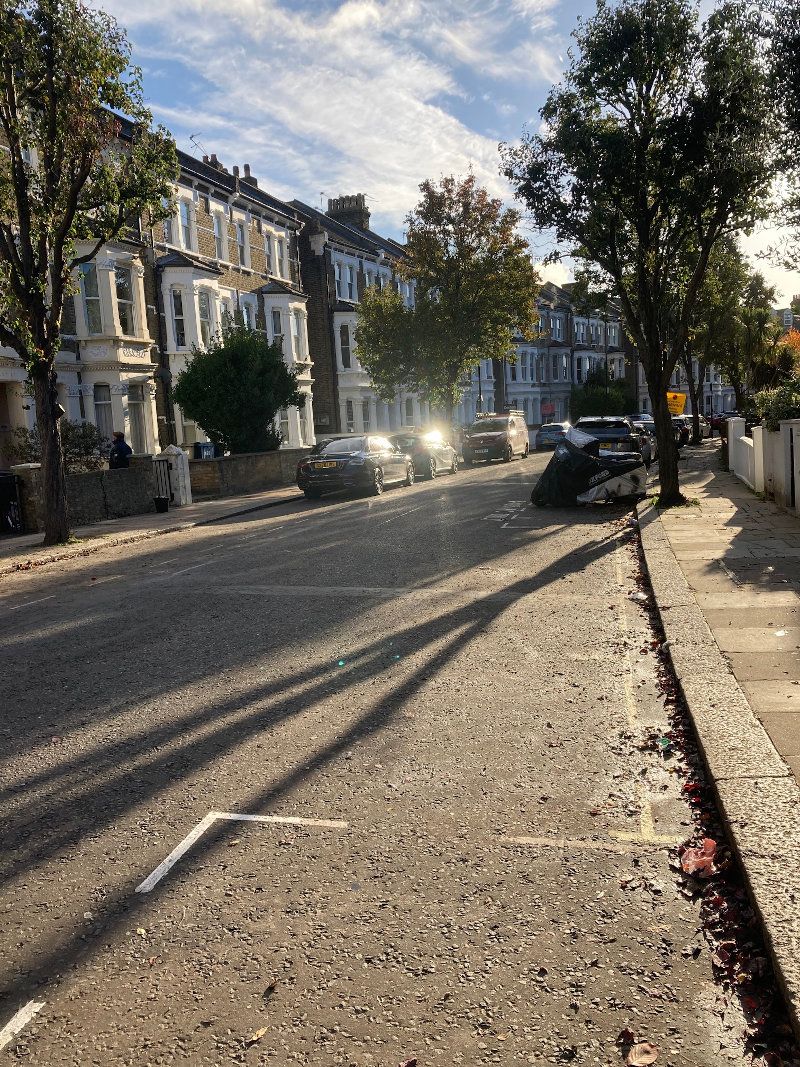
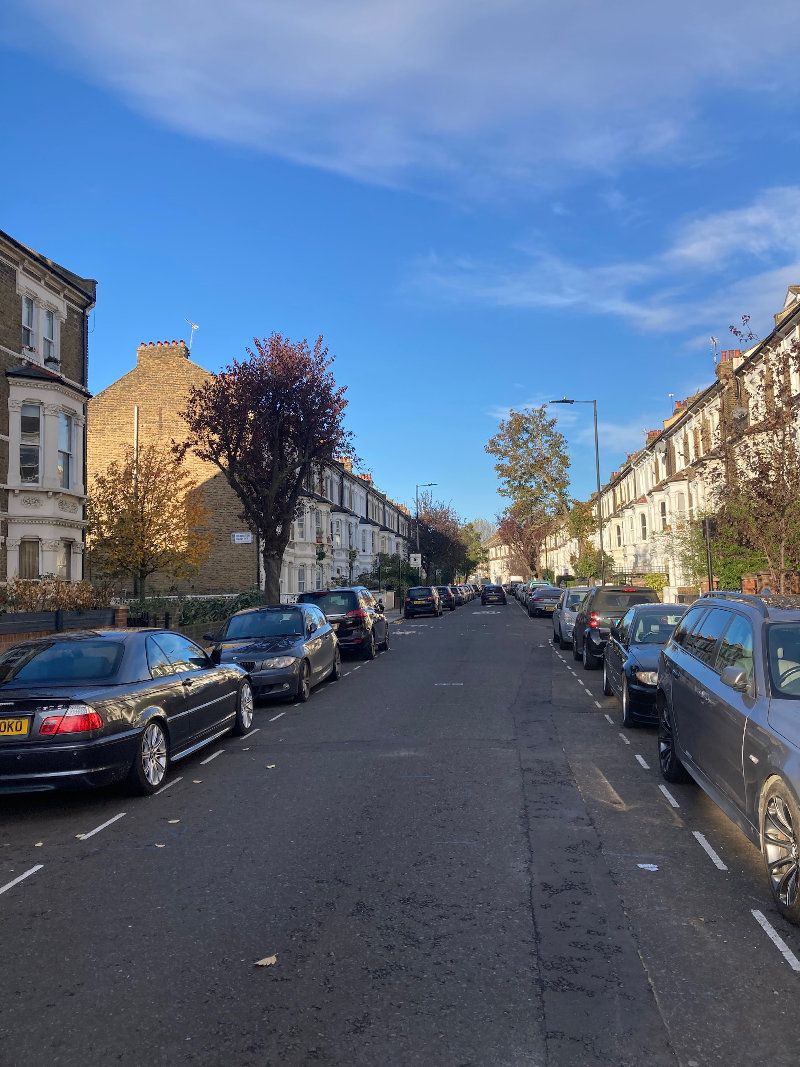
Act early
It's clear that the 'right to drive' needs to be balanced against targets for climate, air quality and modal shift. Time and again, reclaiming streets for people has proved to be popular at the ballot box once the teething problems are over. Opposition tends to evaporate almost entirely once a scheme has bedded in.
If the new administration is to make good on its pre-election pledge, it needs to show the same boldness and vision that have transformed parts of Camden and Islington. And it needs to act soon, so that the benefits can be felt by the time the next elections come around.